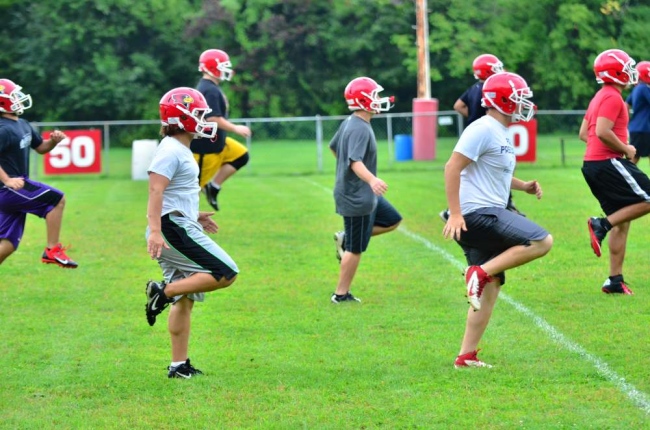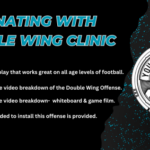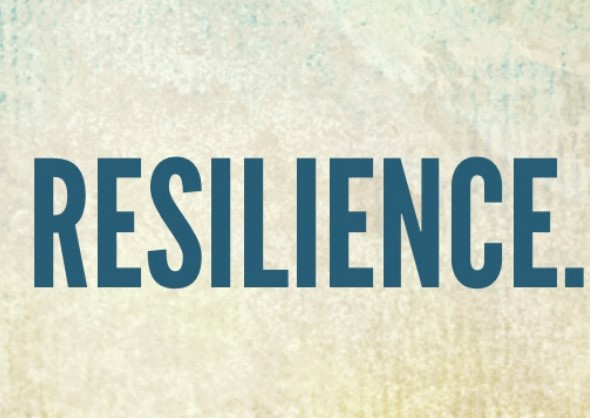Sports Injury Prevention-Back to the Grind

Sports Injury Prevention
During workout– Fluid Replacement is a vital aspect of sports injury prevention- Dehydration is a risk for all athletes. Sweating is a common way the body loses fluids during training. Sweating also dissipates excess body temperatures that have been generated by increased muscular activity. Without proper fluid replacement, dehydration and overheating can lead to rapid exhaustion, fatigue and collapse. Body fluid losses that are not replaced can affect the circulatory, metabolic and thermoregulatory (maintaining body temperature) processes. The consequences of dehydration include reduced training capacity and decreased sports performance, besides its negative affects on the circulatory and thermoregulatory process.
Tip: A technique used to determine hydration is to look at urine. The color of urine should be fairly clear. If the urine is a dark yellow, then that is an indication that the body may not be receiving enough water.
Throughout– Kids need to train under direct supervision of a parent or a coach. Coaches are certainly highly trained personnel that are familiar with the proper movements, techniques and strategies of the game. A coach is there not only to improve the game but also to prevent injury.
After workout– Cooling down – Cooling down helps in removing the waste products in the blood that have accumulated during exercise. Cooling down is an overlooked aspect of sports injury prevention. When your body does not receive adequate blood perfusion, the body continues its activities through anaerobic exercise. This leads to an increase in lactic acid production, which causes a dull, burning sensation. Cooling down allows for the elimination of lactic acid. Cooling down allows the heart rate to gradually return to its resting level. Cooling down also reduces dizziness as a result of blood pooling too long at the extremities. Interested to have less soreness after a workout? Cooling down decreases the chances of muscle soreness that may occur after intense exercise. If this sore persists, that could be a sign of over training and muscle injury. Please consult your physician in that case.
Disclaimer: The information presented in this article is purely opinionated. Please do not use this information as a means for medical management. Please consult your physician for further information.











